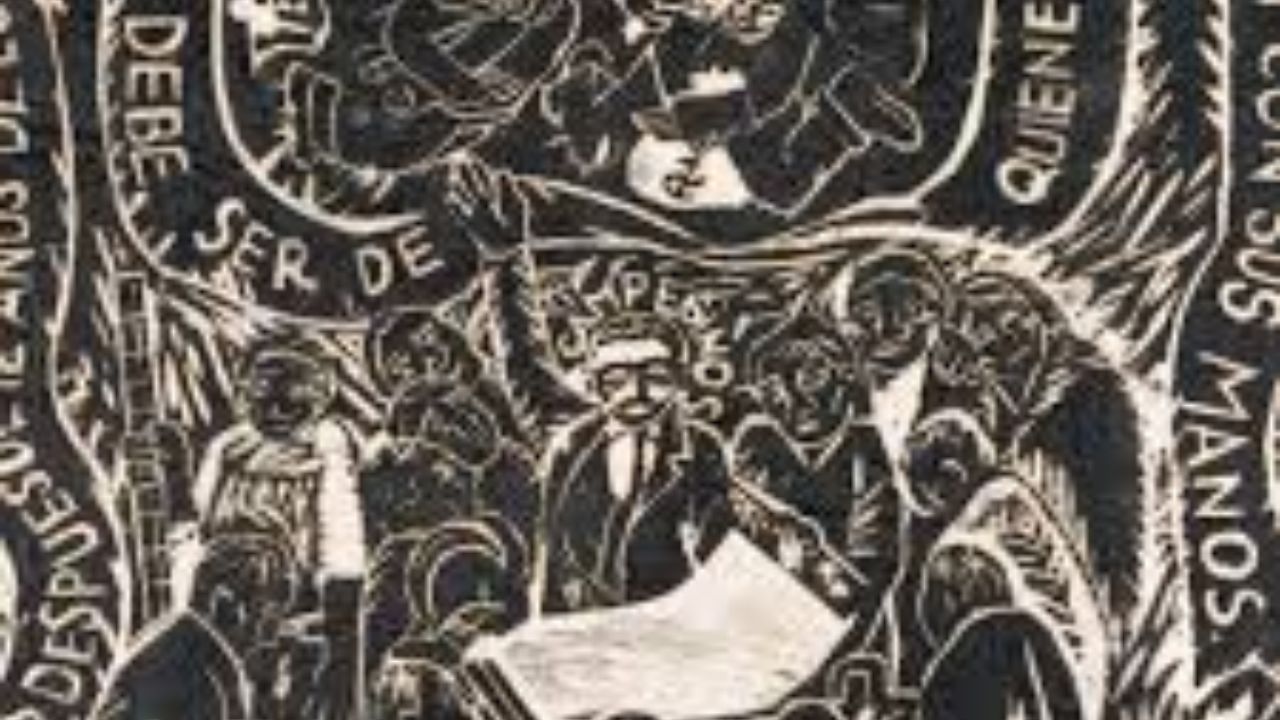Introduction: The Story Behind Rufino Marin La Paz
Rufino Marin La Paz is more than just a name; he represents a cultural movement, a passion for heritage, and a lifelong mission to preserve the soul of La Paz, Bolivia. Known for his dedication to the arts and indigenous traditions, Marin has earned respect not only locally but also across Latin America.
From community empowerment to promoting folk art, his work continues to shape the identity of La Paz’s people. In this article, we dive deep into the background, achievements, and enduring influence of Rufino Marin La Paz.
Early Life and Cultural Roots
Growing up in the culturally rich environment of La Paz, Rufino Marin was surrounded by music, textiles, oral storytelling, and vibrant Andean customs. This diverse atmosphere instilled in him a deep appreciation for Bolivia’s indigenous heritage. From an early age, Rufino showed an artistic flair, often replicating traditional motifs in his sketches and crafts.
As he matured, Rufino Marin La Paz began to see the cultural elements around him as not just expressions of art, but as powerful stories that needed preservation. This realization became the foundation of his life’s work.
Artistic Philosophy of Rufino Marin La Paz
The core of Rufino Marin La Paz’s artistic style lies in cultural storytelling. He believed that every brushstroke or sculpted form carried a message. His art often fused ancient Andean symbols with modern interpretations, creating a bridge between the past and present.
What made Rufino’s approach unique was his commitment to community collaboration. Rather than working in isolation, he invited local artists to co-create, believing that collective voices better reflected the reality of La Paz. His murals, handmade artifacts, and textile designs remain landmarks in many Bolivian neighborhoods today.
Rufino Marin La Paz as an Educator and Mentor
Beyond visual art, Rufino Marin La Paz played a vital role as an educator. He taught in various cultural centers, public schools, and even rural villages, always focused on transferring traditional knowledge to younger generations.
He launched several art and heritage programs for youth, often using recycled or natural materials to promote sustainability. His mentorship produced dozens of now-renowned artists, many of whom credit Rufino with teaching them the value of identity and self-expression.
Cultural Preservation Efforts
One of Rufino Marin La Paz’s most notable contributions was his work in preserving endangered traditions. From ancient weaving methods to traditional Bolivian musical instruments, he documented, revived, and shared practices that were at risk of disappearing.
He collaborated with cultural historians and indigenous elders to publish guides, organize local festivals, and set up traveling exhibitions. His work ensured that the intangible heritage of La Paz wouldn’t fade with time.
Community Projects and Social Impact
Rufino was not just an artist; he was a social reformer through the arts. He often initiated community projects aimed at improving social cohesion and economic opportunities for marginalized groups. These included artisan cooperatives, youth art competitions, and neighborhood beautification campaigns.
His motto, “Art for All,” resonated in every corner of La Paz. Rufino Marin La Paz used creativity to bridge social divides, encourage pride in indigenous identity, and foster community solidarity.
Challenges and Triumphs
The journey of Rufino Marin La Paz wasn’t without obstacles. Funding shortages, political interference, and cultural misunderstandings often made it difficult to sustain long-term initiatives. However, his relentless passion and grassroots support helped him overcome these hurdles.
Instead of relying solely on institutional backing, Rufino turned to the people. Local fundraisers, volunteer-based workshops, and barter systems became his tools for cultural change.
Recognition and Awards
Over the years, Rufino Marin La Paz received various national and international accolades for his work in cultural preservation. These included awards from the Bolivian Ministry of Culture, UNESCO-related honors, and invitations to exhibit in Latin American art biennales.
Despite this recognition, Rufino remained humble. He consistently redirected praise toward his community, insisting that his achievements were the result of collective effort.
Legacy and Influence on Future Generations
Rufino Marin La Paz passed on not just his art, but his vision and values. His teachings live on in schools, his murals continue to inspire, and his writings are used in university curricula. Today, youth organizations in La Paz still follow his model, mixing creative expression with cultural awareness and community service.
Artists, activists, and educators alike point to Rufino as a source of inspiration. His work reminds us that culture is not static it is living, breathing, and evolving.
Conclusion: The Lasting Spirit of Rufino Marin La Paz
In a rapidly changing world, individuals like Rufino Marin La Paz serve as anchors to tradition and guardians of cultural identity. His life’s work is a powerful reminder that art can be more than beautiful it can be purposeful.
As La Paz continues to grow and modernize, the imprint of Rufino’s legacy remains etched in its walls, its people, and its soul. Through his commitment to preserving the heart of Bolivia, Rufino Marin La Paz ensured that future generations would never forget where they came from.

